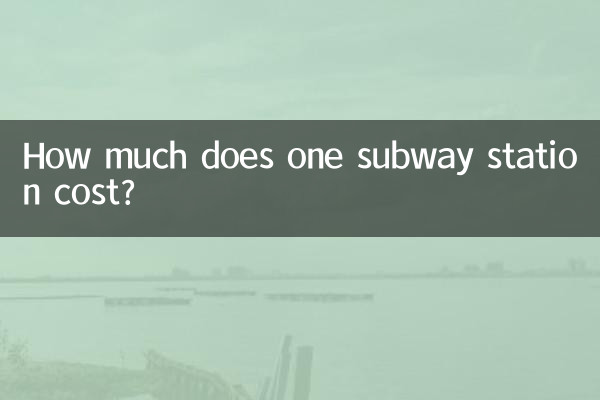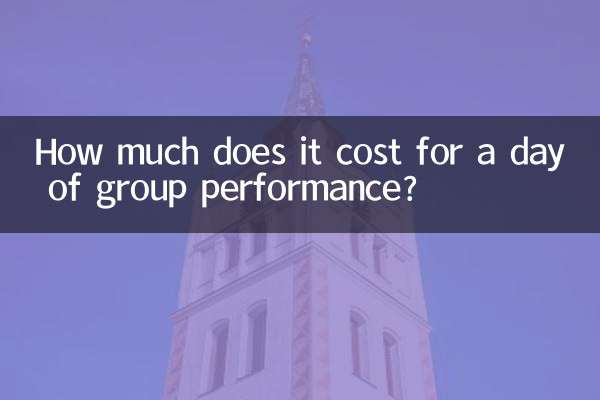How much does one subway station cost? Revealing the logic behind urban rail transit pricing
As an important part of modern urban public transportation, subway fare pricing has always been the focus of public attention. Recently, the topic of subway fares has once again become a hot topic of discussion. This article will combine the hot data of the entire network in the past 10 days to analyze the pricing logic behind subway fares and compare the subway fare standards in major domestic cities.
1. Comparison of subway fares in major domestic cities

| City | Starting price | Price for each additional station | Maximum fare | Preferential policies |
|---|---|---|---|---|
| Beijing | 3 yuan | 1 yuan/10 kilometers | 10 yuan | Cumulative discounts |
| Shanghai | 3 yuan | 1 yuan/6 kilometers | 15 yuan | Transfer discount |
| Guangzhou | 2 yuan | 1 yuan/4 kilometers | 14 yuan | 40% off after 15 times |
| Shenzhen | 2 yuan | 1 yuan/4 kilometers | 14 yuan | Mileage segment pricing |
| Chengdu | 2 yuan | 1 yuan/4 kilometers | 10 yuan | Sub-card discount |
2. Factors affecting subway pricing
1.construction cost: The cost of subway construction is about 500 million to 1 billion yuan per kilometer. The high construction costs need to be recovered through fares.
2.operating costs: Including daily expenses such as power consumption, labor costs, equipment maintenance, etc.
3.City positioning: First-tier cities generally have higher fares, while second- and third-tier cities have relatively lower fares.
4.Financial subsidies: The intensity of local government subsidies directly affects fare levels.
5.Public welfare attribute: As a public service, subway fares need to consider residents’ affordability
3. Recent hot topics: Is it more reasonable to price the subway by mileage or by station?
Recently, the discussion on subway pricing methods has become a hot topic. Those who support per-site pricing believe that:
- The calculation is simple and clear, easy for passengers to understand
- Avoid unfairness caused by line detours
Those who support mileage pricing believe that:
- More fair and reasonable, reflecting the actual travel distance
- Can encourage short-distance travel and reduce congestion
4. Future development trends of subway fares
1.dynamic pricing: Increase fares appropriately during morning and evening peak periods, and lower fares during off-peak periods
2.Diversification of preferential measures: Launch more preferential policies for different groups of people
3.Smart payment: Promote new technologies such as facial recognition payment and contactless payment
4.Integrated billing: Realize joint billing of subways, buses, shared bicycles and other transportation modes
5. Tips for passengers to save money
| method | illustrate | Estimated savings |
|---|---|---|
| Apply for monthly pass | Suitable for regular commuters | 20-30% |
| Use electronic payment | Most cities have electronic payment discounts | 5-10% |
| Travel during peak hours | Some cities have off-peak discounts | 10-20% |
| Group travel | Properly plan transfer routes | It depends on the situation |
In general, subway fares cannot be summarized simply as "how much does one station cost", but involve complex pricing mechanisms and urban development strategies. In the future, with technological advancement and innovation in operating models, the subway fare system will be more scientific and reasonable, providing citizens with better travel services.

check the details

check the details